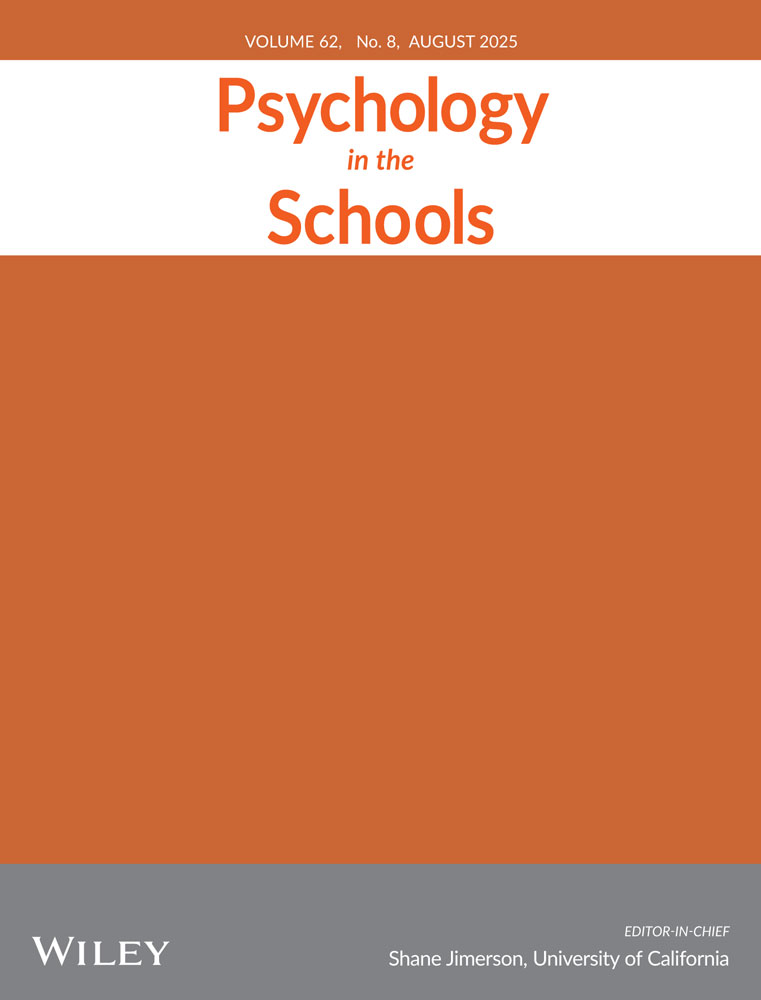Behavioral momentum in academics: Using embedded high-p sequences to increase academic productivity
Abstract
The use of high-probability (high-p) request sequences has enjoyed support in the applied behavioral literature as a method to increase compliance. Based on the theory of behavioral momentum, high-probability sequences increase the rate of responding, and subsequent rate of reinforcement, within a response class. This increase in density of reinforcement results in increased responding for the response class as a whole. Early research in this area had focused mainly on compliance issues for individuals with developmental disabilities. However, more recently the utility of high-p sequences has been examined within the context of academics. The purpose of these two experiments was to examine the use of high-p sequences with two academic tasks—letter-writing and mathematics problem completion. The results of these studies suggest that high-p sequences can be used to increase academic productivity. Moreover, the addition of experimenter-delivered reinforcers to existing high-p sequences enhances overall behavioral persistence. Theoretical and applied implications of persistence and behavioral momentum are discussed. © 2004 Wiley Periodicals, Inc. Psychol Schs 41: 789–801, 2004.




